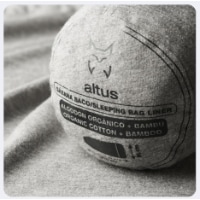Modern scholars identify "
camino de santiago" routes by the historic record: the roads existed before the pilgrimage started up, But once the pilgrimage took hold, (the 11th century) were there pilgrim hospitals, Cluniac churches, pilgrim cemeteries, church records of pilgrim burials, meals served, beds kept, etc. in the given parish or town or city? There were plenty of roads that led to Santiago in the middle ages, but not all of them could be called "pilgrimage ways." Even so, three new "Caminos" were proposed this year in Galicia, by town councils ready to cash in on the Camino tourism phenomenon. (they call the historians in later to legitimize the claims.)
There are also some spectacular historic pilgrim trails in Spain, complete with infrastructure, that do not go to Santiago. The Via Mariana is one -- from Braga in northern Portugal to Muxia, but NOT Santiago! Newly waymarked, challenging hike through tiny villages, a series of shrines to the Virgin Mary (built over even more ancient holy wells)... about 400 km. Intriguing!
There are tons of colorful stories and great hikes out there. Sadly, if you want to get down and historical, you still need to read Spanish... or Gallego.














